dirtbandit
Jr. Member
Hello, my friend Dave or sprailroad found an old musket on a property we were metal detecting. I found this property from an old metskers map from 1937. When Dave found the musket it was very rusted of course but when he soaked it in vinegar then did electrolysis on it, it cleaned up relatively well. He was able to find some numbers and symbols which i would think ID the gun but his research came up with nothing. If you guys can help we would appreciate it. If your interested in seeing the video of the musket after it was found here is a link. We didn't get the video live unfortunately which is why dave is getting a camera on the next outing, lol.
Thanks guys!
Brian May (dirtbandit)
Thanks guys!
Brian May (dirtbandit)
Amazon Forum Fav 👍
Attachments
Last edited:



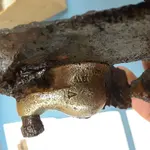
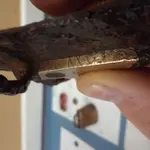



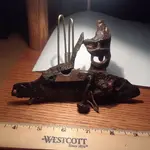

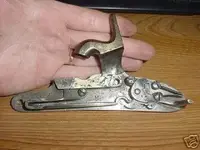
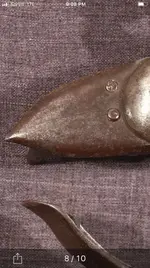
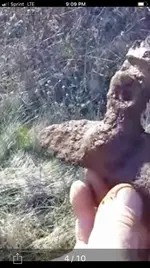
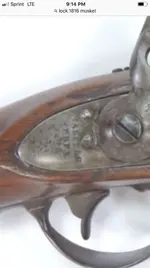
 , I never found the Hammer tho
, I never found the Hammer tho  .
.